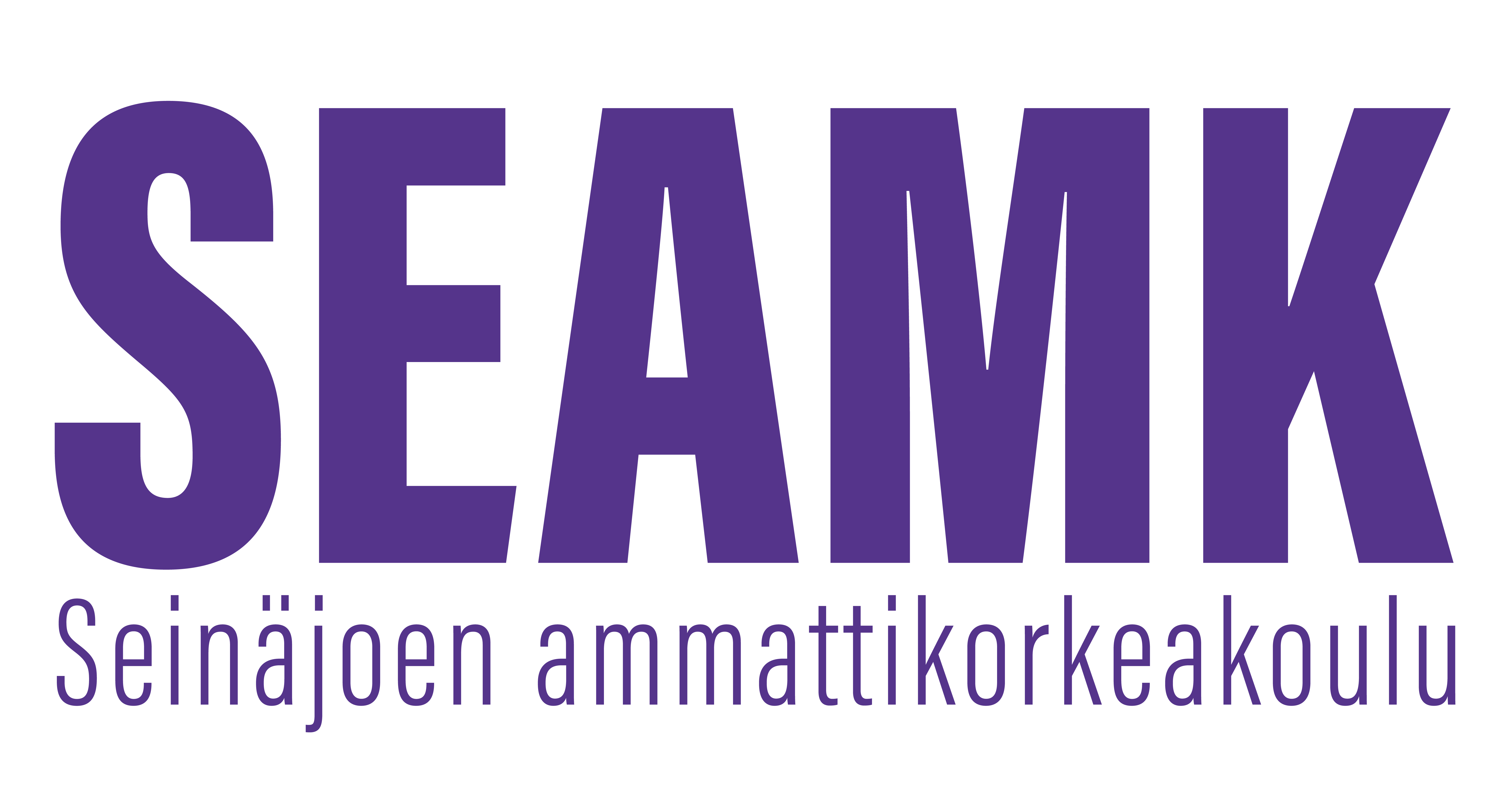Microbiology and Food Processing Hygiene (5op)
Opintojakson tunnus: 8B00DA80
Opintojakson perustiedot
- Laajuus
- 5 op
- Opetuskieli
- englanti
Osaamistavoitteet
The student is able to present food microbes (pathogens, spoilage and beneficial microbes) and their living conditions (in common, in raw materials, in products, on production surfaces, in air and in utilities) and to use microbiological concepts and terms. The student knows the principles of own-checking and cleaning processes.
Sisältö
Archaea, bacteria, yeasts, moulds, algae, protozoa and viruses
Microbial morphology and their reproduction, growth conditions, growth curves, specific growth rate and inhibition of microbial growth
Main food-contaminants and the common pathogens as well as common beneficial microbes used in food production
Aseptic and hygienic working methods and sterilization
Food hygiene regulations
Own-checking including support systems
Surface hygiene and cleaning procedures
Microbiological air quality
Microbiological quality of commodities
Basic methods in laboratory work
Sampling and handling of samples
Arviointikriteerit, tyydyttävä (1)
The student knows and understands the basic concepts and methods in microbiology and is able to apply them in solving common problems. In addition, the student is able to follow the instructions and work safely in the laboratory.
Arviointikriteerit, hyvä (3)
The student is well acquainted with the basic concepts and methods in microbiology and is able to apply them in solving different types of challenges. In addition, the student is able to follow the instructions and work safely in the laboratory and is able to present the results clearly. He/she is able to combine this information with previously learned microbial issues.
Arviointikriteerit, kiitettävä (5)
The student has praiseworthy knowledge on microbial concepts and methods and is able to apply them in different types of questions and challenges. In addition, the student is able to follow the instructions and work safely in the laboratory and is able to present results clearly and draw conclusions. The student also demonstrates innovation by applying what he/she has learned.
